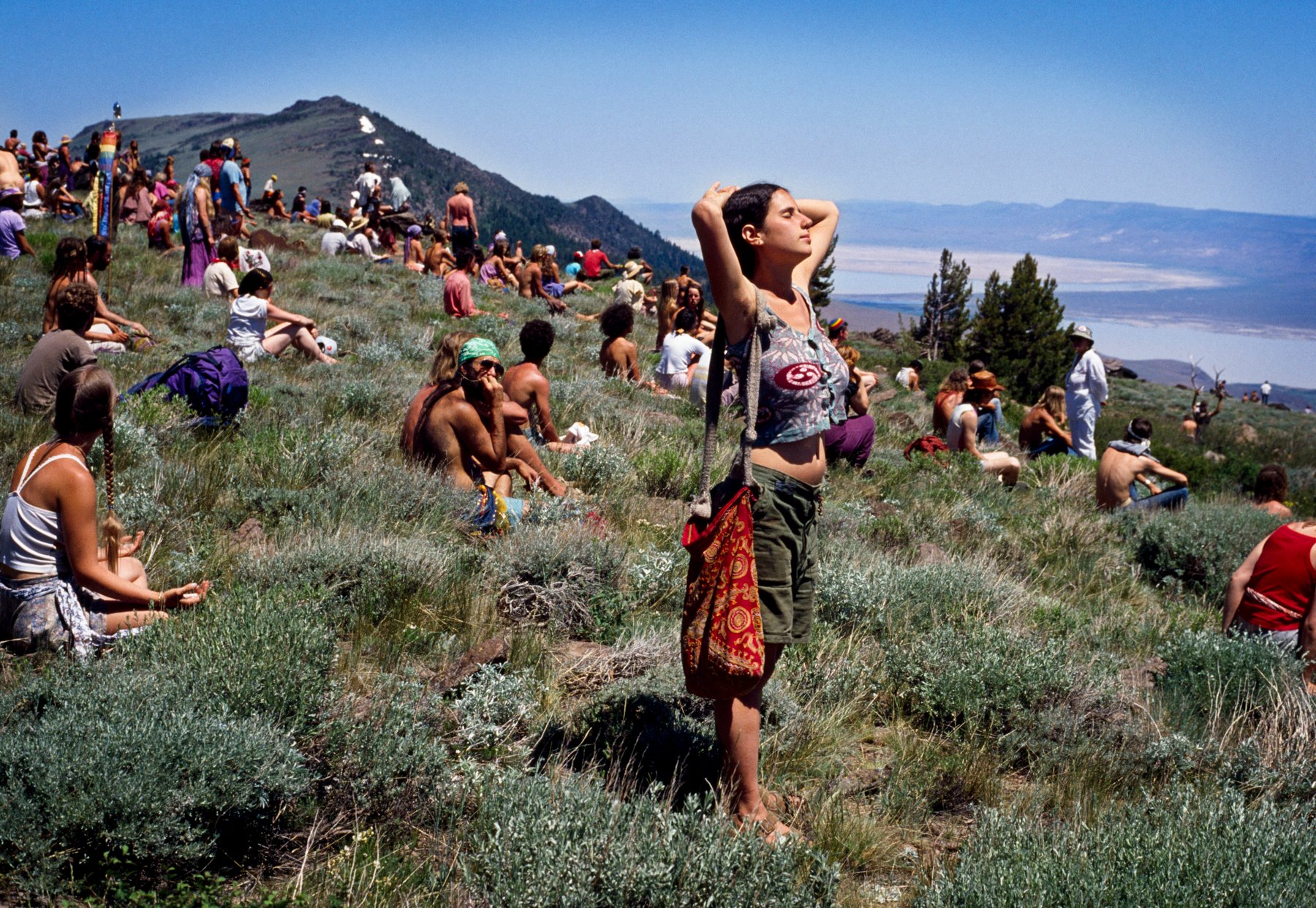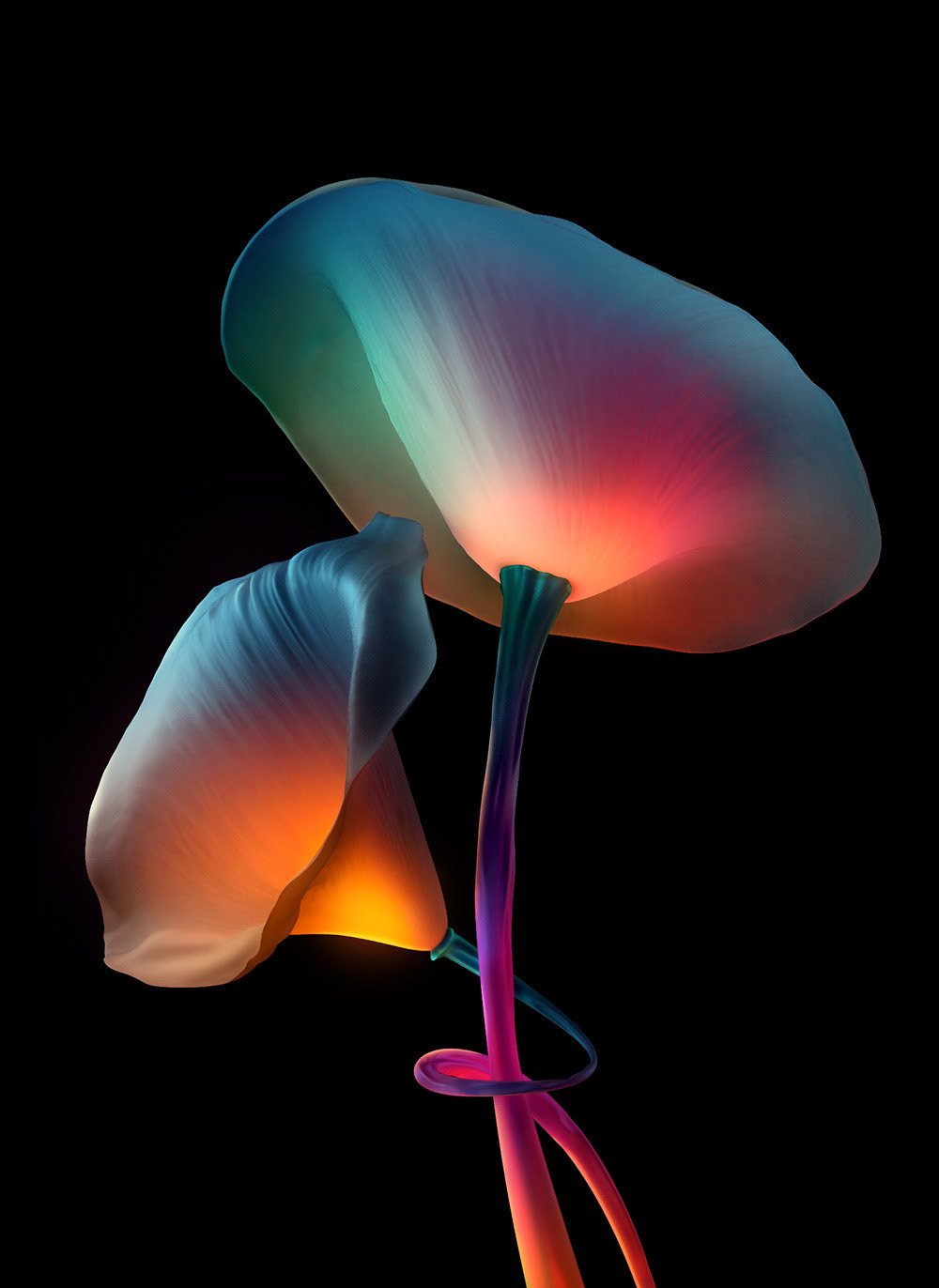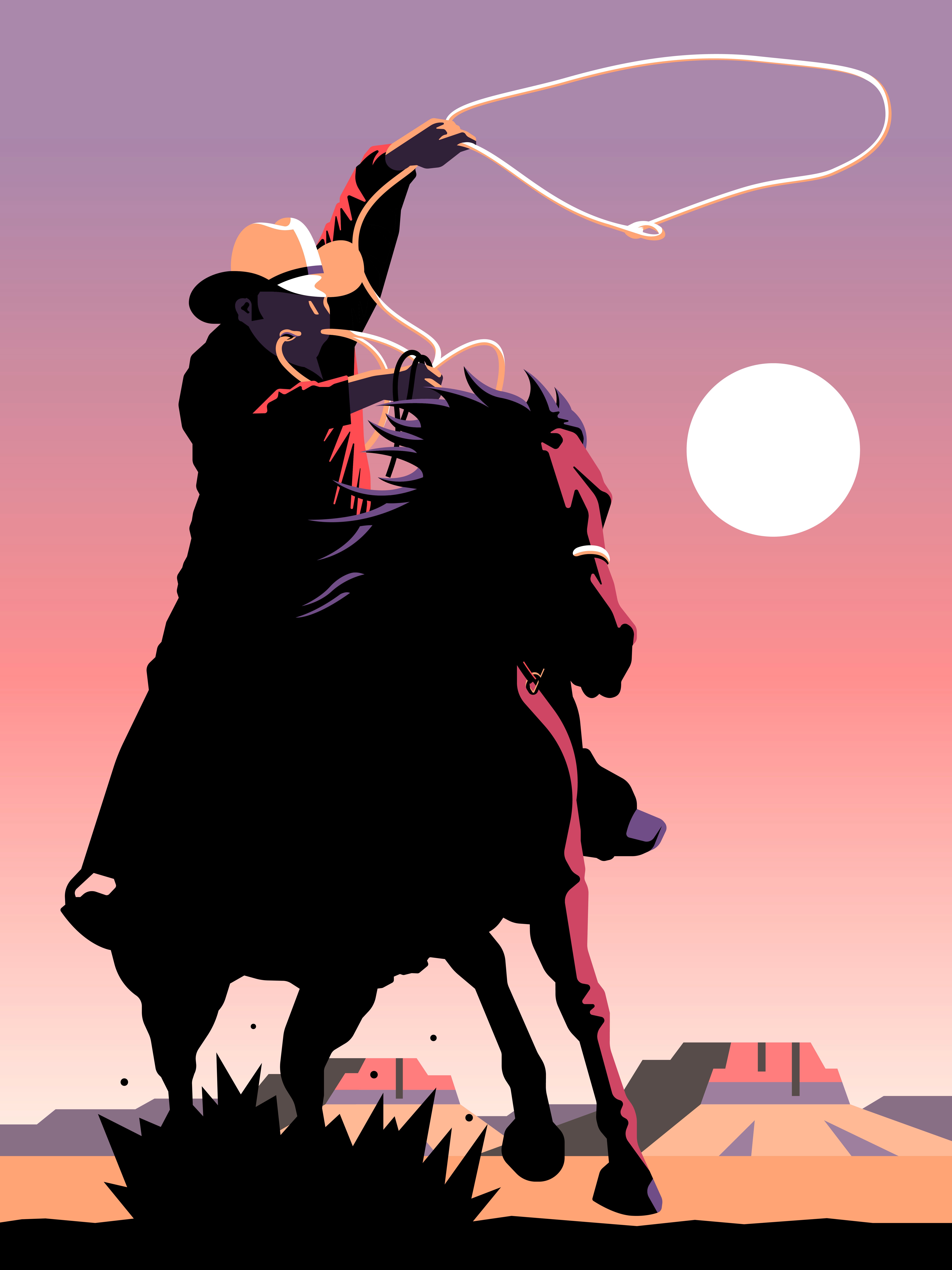Curated Release:
A Year in Colour by Jake Andrew
About the Artist:
Jake Andrew creates gestural abstract painting. As an artist, his mission is to expand viewers' perspectives on painting, inviting them into altered sensory states. The artist has synesthesia, which is the involuntary merging of senses. He experiences synesthesia by seeing colours, shapes, textures, and movement while listening to music. He transcribes these forms and emotional responses into a visual language to share his experience. Jake Andrew's practice sits at the intersection of physical and digital art. In part due to his unique perception, he is motivated to create experiential art. A classically trained musician, Jake Andrew composes music to accompany the visual. His physical and digital crossover work has been celebrated by multiple international galleries and is in significant collections; with showcases at Miami Art Week through Transient Labs, multiple collaborations and installations with international brands such as Adidas, Braun Audio, and Glenfiddich, and an exciting multisensory exhibition at TODA Dubai for A Study in E-major, with SuperRare and Morrow Collective. He plans to create more immersive art, further exploring the expansion of painting.
THE INTERVIEW
An: Can you tell us about your journey into the world of abstract painting?
Jake Andrew: My journey into abstraction started at a young age, and was heavily interlaced with how I began writing my own music. During high school and art college, I was obsessed with creating abstract portraits of people in my life (whether it be friends, family or guys that I had a crush on and didn’t know how to tell them) and hiding their likeness amongst cascading tones and textures that were representations of their voices or the music they liked. At the time, I didn’t know I was painting synaesthetically or that I was effectively painting soundscores, but I built my understanding of tone and composition through the way certain notes or resonant frequencies “felt” to me. I was in a metal band at the time so I started creating huge paintings in my bedroom wrapped around the walls on rolls of Fabriano paper levelling out the tones from letting my guitar and piano ring out; a kind of sheet music for where musical phrases could move to.
Around the age of 19, I discovered I had synaesthesia. I began mapping out how certain frequencies presented themselves to me. I created a series of colour and chord charts, in which I connected musical notes to the specific colours the sounds conjured. I continued to further my investigations into sensory perception with an undergraduate degree and then a Masters Degree in Fine Art, investigating how far we can take the traditional notion of painting when incorporating gesture and synaesthetic understanding as a means of visual language.
A: How does your background as a classically trained musician intersect with your visual art practice?
JA: The two sit in tandem with one another. Growing up my Dad was an avant-garde record merchant and his vast collection introduced me to what music can be, and more importantly what it can feel like. With him taking me to so many experimental, noise and drone gigs, it inspired me to take those monolithic structures of sound and express them on paper and canvas. As I mentioned above, it’s also how I began understanding musical composition and the way I could interpret musical phrasing. I always had an ear for music, and was able to listen to a song and instinctively know how to play it on the piano by transcribing it through colour. I later learned that this phenomenon I experience, synaesthesia, is not shared by everyone.
My visual art practice was born from these elements. When I first began creating visual art and understanding my unique perspective, I was looking for a way to convey music on a canvas whichever way I could. In recent years I’ve been refining my technique, adapting a far more gestural approach in both physical and digital compositions which incorporates our emotional response to sound and colour while looking for ways to immerse the audience in these experiences.
A: Could you elaborate on the concept behind A Year in Colour and how the project evolved over time?
JA: A Year In Colour references Wednesday is Indigo Blue, a book which describes how synaesthetes assign colour and texture to periods of time, days, and experiences through emotional responses. This book is extremely meaningful to me as it explained the complex layers behind the synaesthetic experience, and unlocked a new understanding of how I process time and space in regards to my practice in a contextual and emotional way. Throughout my life, I’ve found that journaling about my experiences has helped me to process and understand certain periods in more depth. After expressing my experiences through my physical practice, I began to utilise this method in this digital series.
I began building this series on the first day of the new year. As the year progressed, new pieces were minted chronicling events alongside everyday minutiae and were assigned their corresponding colour score. The conversations, the music, the resonant hum – this all went into each piece, building towards a collection that composes a colour map.
As the year concluded and 2024 began, I decided to build one final static piece titled Epilogue and implement one dynamic piece which incorporated the tones, frequencies and emotional stimulus gathered as a retrospective offering of the series. Drawing inspiration from both Vivaldi’s composition Four Seasons but also the Seagram Murals by Rothko (a huge inspiration in both my digital and physical practice) – Four Seasons exists as a diary entry that maps the entire year, shifting and changing tonally throughout the seasons as a visual sound score and data painting.
A: How do you translate the sensory experiences of synesthesia into your visual language, and what challenges or advantages does this present in your artistic practice?
JA: I began exploring the translation of synaesthetic experience as a visual language by noting the colours that certain notes or chords on a piano would present themselves as. For example, A-minor is a gradient of oranges and greens, while C-minor is more yellow and pink. This early adoption of colour theory as language is what helped build my recent installation, A Study in E-major; the theme of the exhibition was Deep Blue, which is my synaesthetic colour translation of this key.
Over the years, I’ve learned that it’s not only the frequency or key of the sonic stimuli that evokes a colour reaction, but the resonance and type of instrument or voice alongside the emotional response. This realisation led to the application of gesture and texture in my works – sometimes taking metaphorical phrasing like “a dusty piano sound” quite literally and using spray paint, or dry pigment to capture the essence of the sound.
I often find myself subconsciously referring to painting strokes in musical terminology as well. For example, my work may explore long legato strokes (meaning a smooth flowing manner without breaks in notes) or take on the form of a visual crescendo in my more dynamic and explosive pieces.
A: What inspired you to combine physical and digital art in your work, and how do these mediums complement each other in your creations?
JA: The digital element of my practice was initially born from frustration; in 2014, I was building synaesthetic colour scores on canvas but was struggling to convey the movement and flux nature of emotional gestures and fluctuating rhythms. I started digitising and manipulating extracted imagery from my physical paintings and layering them together to create pixelated images that would be projected onto sheets of brushed perspex in an exhibition environment. I then developed a technique for layering and blending these forms together to create projection and sound installations that would be supported by music I had composed. This partly satiated my desire to create more meditative, emotional experiences for the audience, but it didn’t alleviate the need to feel more depth in what I could create.
Over the last 10 years, I’ve been developing techniques regarding how I extract and layer physical elements to the digital plane, and as technology has advanced I’ve found solace in being able to extract and create textures that are impossible in physical painting. The combination of physical and digital for me is the next iterative step in how we express ourselves, building on the knowledge of the past masters and their painting theories and ideologies, but revelling in the convergence of something entirely new.
A: What motivates you to create experiential art, and how do you approach the creation of immersive experiences for your audience?
M: I think what motivates me most about creating experiential art is the desire for the audience to feel like they’re part of the composition, rather than just observing it on a wall. The opportunity for them to feel like they can truly lose themselves in the immersion, if only for a moment. Truthfully, it’s the faint possibility that they feel something along the lines of when I was kid observing the paintings in the Rothko Room for the first time at Tate Modern.
These nine paintings were initially commissioned for an installation at the Four Seasons restaurant at the famed Seagram building in New York. Rothko withdrew from the commission when he realised that the paintings wouldn’t be exhibited as he wished, so he gave the works to Tate Modern with the assurance that they would be exhibited as he intended. As Rothko preferred, the paintings are displayed all together in low light to evoke contemplation. To me, the overwhelming sense of scale and the cascading tones and frequencies piling over one another weave a complex emotional narrative that continues to impact my work.
Scale itself has always been an important part of my work. For the longest time, my creative technique could almost be perceived as a gestural dance around the canvas, always working on a large scale and not wanting to rein in the movements to be confined to the size of the canvas. Now, with the ability to present art within an environment or having a giant screen as the canvas allows these compositions to be exploded out around the space, with not only the main forms occupying the space but the resonant and refracted light inhabiting the dark corners that are often forgotten. I suppose I think about my pieces architecturally, both static and non-static; building compositional form from euclidean geometry metrics interspersed with intuitive interruptions.
My moving image pieces will always begin with painting, whether it be digital or physical; identifying the areas in which to dive in further and extracting them sequentially. The raw, unapologetic brushstrokes will always move me, but being able to digitise and manipulate these to find what lurks within the pixels is incredibly exciting. It unearths a new understanding of what texture and gradient can be within painting, and is what’s been guiding me in my investigation of how we can understand painting in the digital renaissance.
A: Can you walk us through the creation process of Four Seasons and how it captures the essence of the entire year?
JA: 2023 was an emotional rollercoaster for me – a time of great reflection, introspection, and heartache but also some of my proudest artistic achievements.
Before focusing on the dynamic piece, Four Seasons, I wanted to compose one final static composition that would function as an end point to the series. Epilogue was created at the start of 2024, and the piece has been used to digitally map the displacement and manipulation that runs through the moving image sequence. Epilogue offers a more digitally native form than the rest of the series, intentionally building structure inspired by Rothko’s colour field paintings, but introducing a new aesthetic to how I think about painting as a whole.
Four Seasons utilises a drone-esque soundscore coupled with piano movements I’ve written, contrasting frequencies to highlight the dance between darkness and light. Created by layering together and manually manipulating the tones and gestures from the pieces in the series, the final sequence is guided by a manual displacement map of the paintings in the series forming a visual narrative that embodies the year, but existing as the ghost in the machine, a data painting.
A: What message or feeling do you hope viewers take away from these pieces?
JA: The intention behind these pieces is to offer duality for the viewer – to be able to sit with the monolithic digital stillness of Epilogue, alongside the fast-paced visual frequency of Four Seasons as the composition adapts and shifts. The sound score I’ve composed consists of a melancholic piano piece, juxtaposed with the hyper-manipulated synthesiser tones and drone metal guitar, all inspired by the music I’ve grown up with.
Four Seasons is intentionally more staccato than my previous installation work. This piece investigates how more data driven movements and frequencies interact with our psyche. As with Rothko’s Seagram Murals, intended scale is an important concept to consider when experiencing my moving image work. The piece is designed to exist on a screen as an intimate viewing experience, but also to be exploded out into large-scale environments such as museums and warehouses, where the audience can experience the work as if they’re stepping foot inside the ghost of a painting. Refik Anadol’s installation at MoMA was a major inspiration behind this work; however, I wanted to build something manually and without the use of AI, to question where the artist’s hand can exist within heavily manipulated digital work. The “data error” and glitch quality of this piece exist outside of my usually meditative practice, however I think it nicely surmises the translation of the human experience as we navigate through our lives.
A: Could you tell us more about the documentary that's currently in production?
JA: A Perceptual Phenomenon is a short documentary film about my artistic practice created by the amazing team at Decimal Films, UK. For the last 6 months, we’ve shot days in the studio painting, while also capturing how I like to go into nature to create art. In the film, we travelled to the beach that I often go to for inspiration. The film captures the creation of In The Aeroplane Over The Sea, a painting which has now been acquired by the wonderful KSwissPo. The project has now developed into mapping the narrative of my journey into digital abstraction, and how I explore and present the convergence of physical and digital art, with some surprise installations along the way! The teaser trailer for the film can be found below.
A: Looking ahead, what projects or ideas are you excited to explore in web3?
JA: For the last two years, I’ve been working on an exciting project with an amazing team of data scientists and coders to create a dynamic installation that will react in real time to the audio and visual stimulus of the room itself.
I also have new immersive works planned for SuperRare, which will coincide with the release of the film, while continuing to release work on Solana and Exchange Art.




